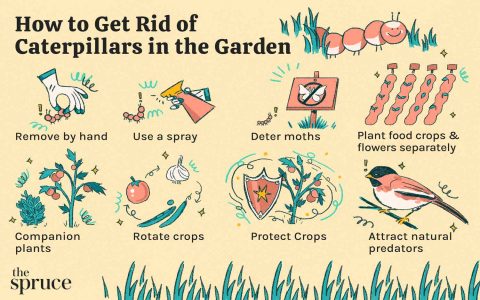Bathrooms, with their inherent moisture and potential for organic buildup, can attract various small black insects. Identifying the specific pest is crucial for effective control. Understanding their habits and attractants is the first step towards a bug-free bathroom.
Common Black Bugs in Bathrooms
Several types of small, dark-colored insects are commonly found in bathroom environments. Here are some of the most frequent culprits:
-
Drain Flies (Psychodidae)

- Appearance: Small (1.5-5 mm), fuzzy, moth-like flies, typically grey or black. Their wings are often held in a tent-like fashion over the body when at rest.
- Habitat: They breed in the gelatinous organic slime that accumulates in drains, P-traps, overflow pipes, and even septic tanks. Adult flies are often seen resting on walls near sinks, showers, and toilets.
- Why they're there: Attracted to the decomposing organic matter and moisture in plumbing.
-
Fungus Gnats (Sciaridae & Mycetophilidae)
- Appearance: Small (2-5 mm), delicate, dark-bodied flies resembling tiny mosquitoes, with long legs and antennae. They are weak fliers.
- Habitat: Primarily associated with overwatered houseplants where larvae feed on fungi and organic matter in the soil. In bathrooms, they can be attracted to areas with mold, mildew, or persistent dampness and organic decay.
- Why they're there: Drawn to moisture and fungal growth, often exacerbated by poor ventilation.
-
Phorid Flies (Phoridae) / Humpbacked Flies
- Appearance: Small (0.5-6 mm), usually black, brown, or yellowish, with a characteristic arched or "humpbacked" thorax. They tend to run erratically before taking short flights.
- Habitat: Breed in a wide variety of moist, decaying organic matter. In bathrooms, this can include chronically wet mops, backed-up drains, sewage leaks, or even the organic film in infrequently cleaned areas.
- Why they're there: Similar to drain flies, they seek out decomposing organic material for breeding.
-
Cockroach Nymphs (e.g., Oriental or German Cockroach nymphs)
- Appearance: Young cockroaches are smaller than adults, wingless, and often darker in color (black or dark brown, depending on the species). Their shape is typically oval and flattened.
- Habitat: They seek moisture, food (even soap scum or hair), and shelter. Bathrooms provide all three, especially in cracks, crevices, behind baseboards, under sinks, and around pipes.
- Why they're there: Access to water, food debris, and harborage sites.
Effective Control and Prevention Strategies
Managing black bugs in the bathroom primarily involves eliminating their breeding sources and reducing attractants:
- Drain Maintenance:
- Regularly clean drains using a stiff brush to scrub the sides of the pipe.
- Use enzymatic drain cleaners to break down organic buildup. Avoid harsh chemical drain openers unless necessary, as they may not remove all breeding material.
- Flush drains with boiling water periodically (use caution with PVC pipes, which may soften).
- Moisture Control:
- Ensure good ventilation. Use an exhaust fan during and after showers/baths, or open a window.
- Promptly repair any leaking faucets, pipes, or toilets.
- Wipe down wet surfaces, including shower walls and floors, to reduce condensation.
- Check for and address any areas with persistent dampness or mildew growth.
- Sanitation:
- Clean the bathroom regularly, paying attention to floors, corners, behind the toilet, and under the sink.
- Remove hair, soap scum, and other organic debris that can serve as food or breeding material.
- Keep trash cans covered and empty them frequently.
- Exclusion:
- Seal cracks, crevices, and gaps around pipes, fixtures, tiles, and baseboards with caulk to eliminate hiding spots and entry points.
- Ensure window screens are intact and properly fitted.
- Targeted Actions:
- For fungus gnats originating from houseplants, allow the soil to dry out more thoroughly between waterings.
- For persistent cockroach issues, consider using cockroach baits or insect growth regulators (IGRs) placed in out-of-reach areas, or consult a professional.
Professional Assistance: If infestations are severe, persistent, or the specific pest cannot be identified, contacting a qualified pest control professional is recommended for accurate diagnosis and effective treatment tailored to the situation.











